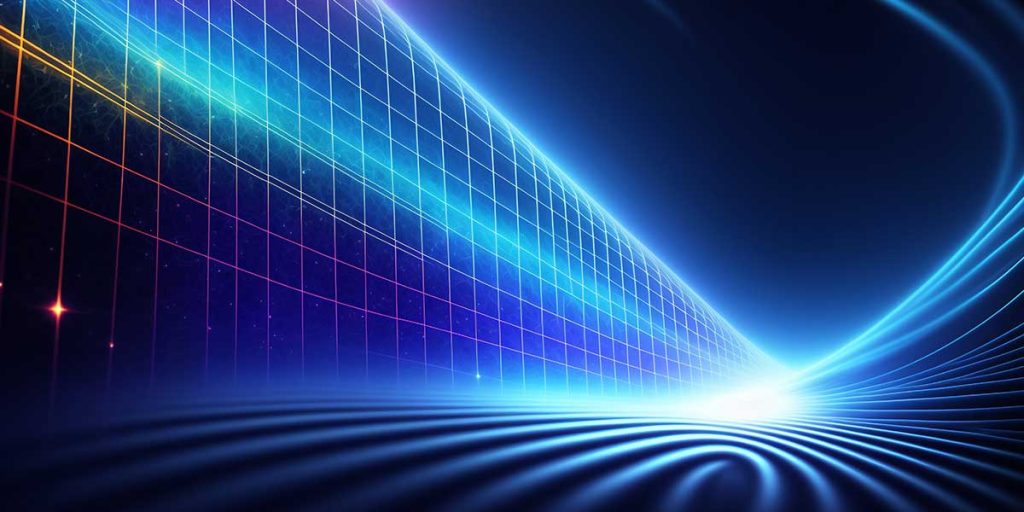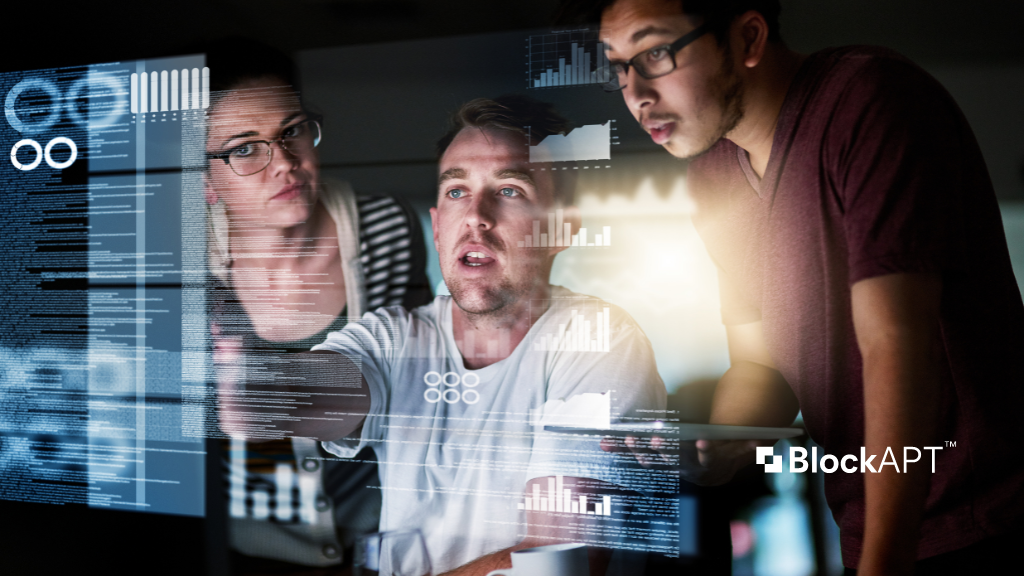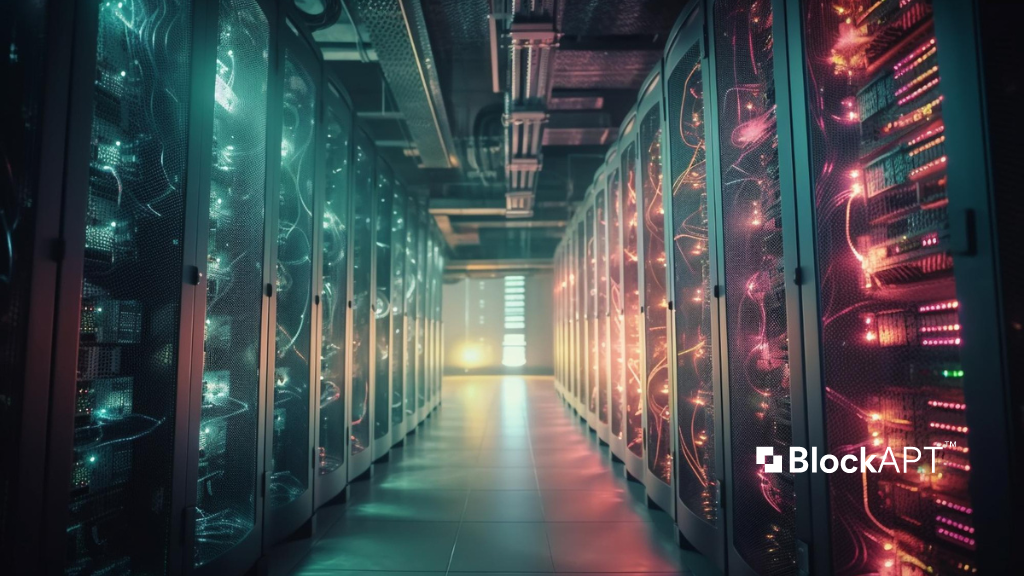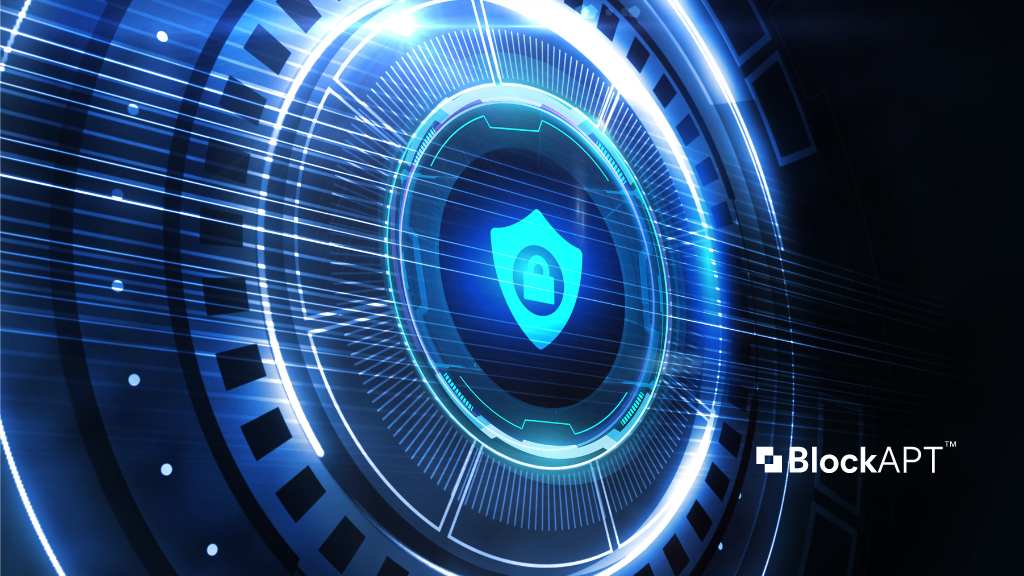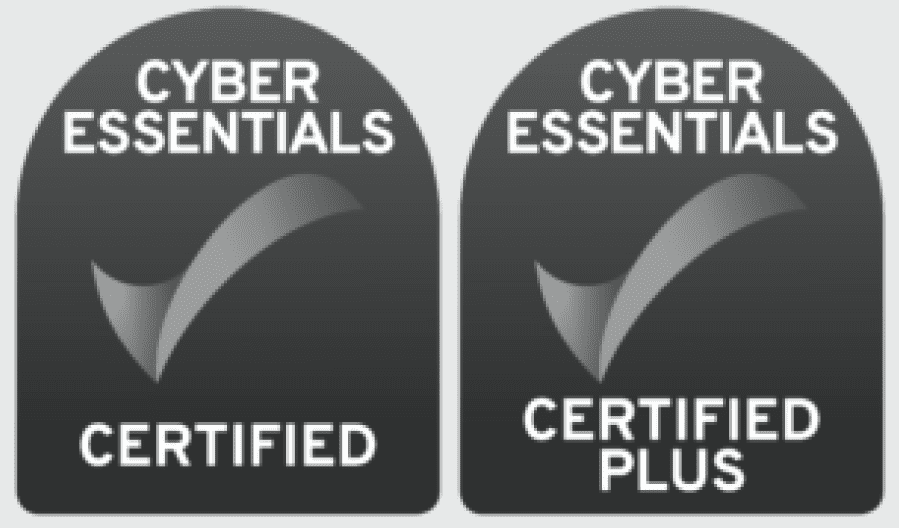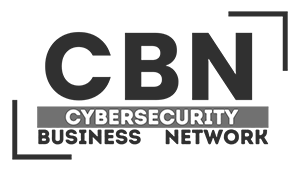From the bit to the favicon, whether attacking with bit flipping or abusing domains with homoglyphs, cyber criminals continue to engineer ways to infiltrate systems. One of the most prevalent cyber-attack methods is social engineering where the art of deception is involved. As we delve further into how manipulation tactics are employed against their targets, I cannot help but take a step back and view how we could address these attacks today versus the quantum attacks of tomorrow.
One of the objectives is to align with cybersecurity methodologies and tools that protect the current “Classic Internet” and evolve into a hybrid model for the forthcoming “Quantum Internet.” Although there are multiple schools of thought on how to further this alignment, I’ve taken a multidisciplinary scientific approach which is described in three phases:
- Quantum Spaces
- Data Moments
- Sensory Engagements
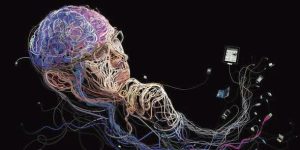
Quantum Spaces: Infrastructure & Protection
The Classic Internet as we know it today relies on the traditional “bit.” The forthcoming Quantum Internet, based upon “ qubits,” will introduce new infrastructure requirements for both applications and the networks. Protection methods will be required to function in both the Classic and Quantum Spaces which will require new cybersecurity tools to function in a multitude of situations, for example:
- Multi-Domain Space, Low-Earth Orbit, Atmospheric, Terrestrial, Subterranean
- Multi-Region North America, Europe, Middle East, Africa, Asia-Pacific, Latin America
- Multi-Reality Physical Reality, Extended Reality including Augmented, Virtual & Mixed
- Multi-Cloud Public, Private, Hybrid
- Multi-Destination Embedded Systems, Wearables, IoT Devices, Core/Edge/Distributed Nodes
- Multi-Environment Production, Pre-Production, User-Acceptance, System, Development, Sandboxes
- Multi-Identity Authentication, Permissions, Behaviour, Auditing
The cybersecurity policies that traverse these multiple situations will require their own segmented spaces to isolate attacks on hybrid infrastructure. As quantum products emerge for Post-Quantum Cryptography, Quantum Key Distribution and Quantum Random Number Generators, new quantum cybersecurity tools will be required for DevSecOps teams. The opportunity exists today to get ahead of quantum computers, sensors and spaces with a game plan to address cybersecurity situational concerns with early simulation tools.
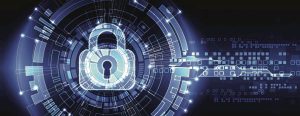
Data Moments: Analytics, Integrity, Inferences
Statistical concepts for scientific data models have existed for quite some time. Our perspective of Data Moments is derived from how data is expressed to how it is experienced. Included in the Data Moment is the data journey from creation to consumption, source to destination, at rest, in use and in transit. The applicability of A.I., analytics and derived inferences are based upon the integrity of data at a given moment in time. Core components include the application logic, database structure and how data is consumed as content.
For example, data integrity is compromised as bit flipping enters the realm of qubits which are in a state of superposition. It will be interesting to discern what is a legitimate cyber-attack i.e., DNS request manipulation versus a natural occurrence due to the energy of a neutron particle. In either case, the existing tools that utilise error correction, for maintaining data integrity, will remain an open question regarding their ability to address quantum situations. Data sourced from quantum computers and related services will require protection from quasiparticle energy bursts which will destroy qubit coherence. Positive strides have been taken by several organisations conducting quantum hardware-aware error correction experiments and implementing bit flip code. These experiments are all part of a global effort in establishing quantum processors designed with qubit error correction to ensure the integrity of a Data Moment.
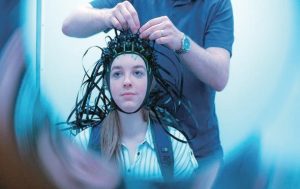
Sensory Engagements: Quantum Sensors and Human Perception
Quantum Sensors have been available in various forms for several decades. They’re utilised to detect and measure small changes in gravity, temperature, magnetic and electric fields as a few examples. Quantum-Precise Time, Quantum Positioning Systems and radar sensors with the ability to see through liquid and solid objects are amongst the latest experiments in this field. These advancements have cybersecurity and military defense teams on notice with their ability to disrupt communication systems and compromise data integrity.
These same sensors are also utilised in understanding human perception with medical patients suffering from trauma and brain injuries. Augmented therapy treatments are in clinical trials based upon Sensory Resonance. Specific brainwave frequencies are combined with data from human sense perceptions to understand how to reactivate those parts of the brain responsible for processing information. Critical to this operation is maintaining identity, data and communication integrity in order to circumvent any false positive indicators.
In summary, organisations have an opportunity to proactively employ cybersecurity measures for the forthcoming quantum internet age. The multidisciplinary scientific approach is meant to combine the domains of outer-space and planet earth with human perception and “inner-space.” The security principles of today would still apply, however, they will have to evolve to address Quantum-Compute sourced cyber-attacks. Our recommendation is to account for how Quantum Spaces, Data Moments and how the Human Senses are engaged. These are just a few suggestions on how to align current cybersecurity frameworks into a quantum-resilient solution.
